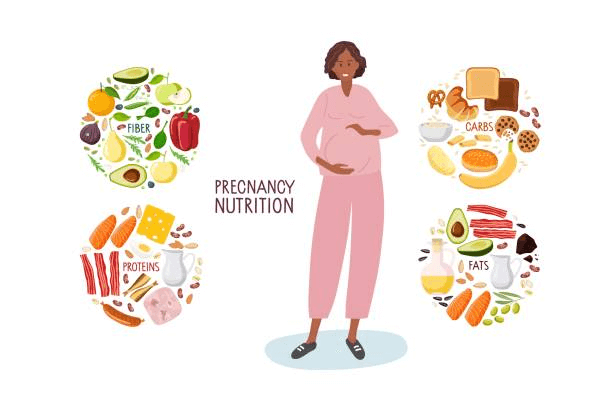Debunking Common Misconceptions about Cord Blood Storage

Cord blood storage and donation remain areas shrouded in misconceptions, primarily due to their relatively new introduction and the resulting apprehension among many people. These misconceptions often prevent families from preserving the invaluable stem cells found in umbilical cord blood. As research progresses and the benefits become more apparent, it’s crucial to address and dispel these myths.
Misconception 1: Stored Stem Cells Will Contain Diseases Your Child Might Develop
Many parents worry that storing stem cells is pointless because if their child develops a disease, the stem cells will also be affected. This is a significant misconception. Researchers have found that even diseases diagnosed within the first year of life can potentially be treated or cured with stem cells. Using one’s own stem cells is generally preferred because they are less likely to be rejected by the body. These cells are the best match for the child, offering a crucial resource for potential future treatments.
Misconception 2: The Stem Cells Will Probably Never Be Needed
Another common belief is that the likelihood of needing the stored stem cells is so low that it’s not worth the effort or cost. While it’s true that the chance of a child using their own cord blood by age 21 is about 1 in 2,700, the likelihood increases when considering the entire family. Statistics show that approximately 1 in every 1,400 family members may need the privately stored blood. As research advances, the applications for cord blood are expected to expand, potentially providing treatments for conditions like diabetes and multiple sclerosis. Storing cord blood is an investment in future medical possibilities.
Also read: How Soon After Birth Should I Begin To Exercise?
Misconception 3: No Family History of Cancer Means No Need for Cord Blood Storage
Many families believe that if there is no family history of cancer, there is no need to store cord blood. However, a history of cancer can begin with any generation. In fact, statistics indicate that 1 in 630 children will be diagnosed with cancer before the age of 15. Cord blood storage is not about expecting the worst but about being prepared for the unexpected. It provides a safety net that could prove invaluable in the face of unforeseen health challenges.
Why Addressing Misconceptions Matters
Misconceptions about cord blood storage prevent many families from taking advantage of this potentially life-saving resource. Illness and disease are unpredictable, and planning ahead by storing cord blood can offer a form of security. As awareness and understanding increase, more families can make informed decisions about cord blood storage, potentially improving health outcomes in the future.
By dispelling these myths and understanding the true benefits and applications of cord blood storage, families can better prepare for the unforeseen and take proactive steps towards safeguarding their health.
Also read: Changes In Sex Drive During Pregnancy





